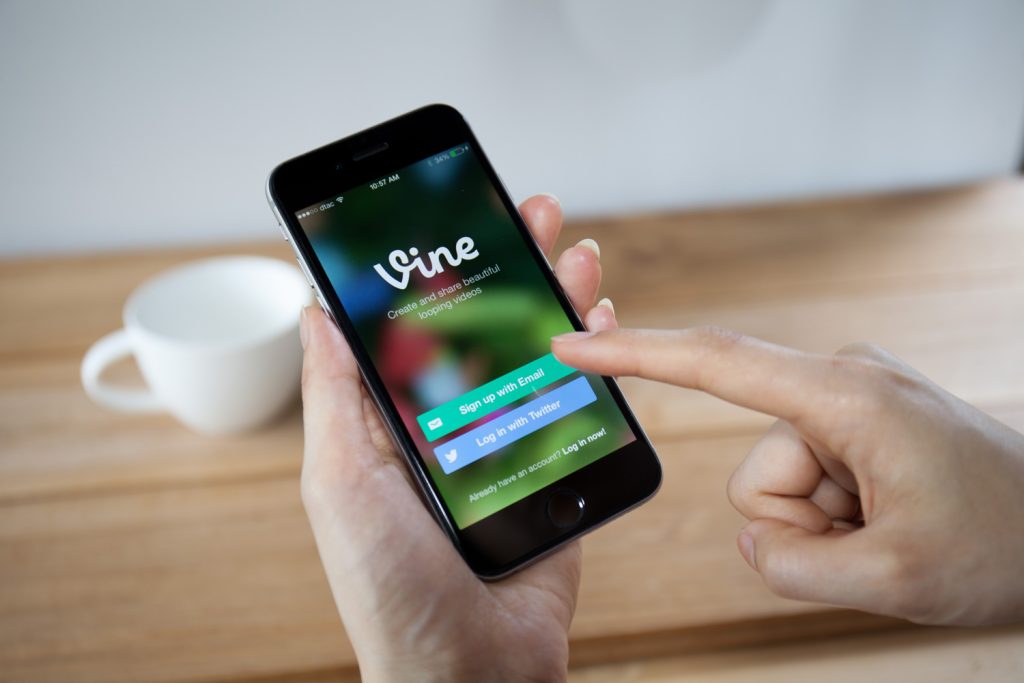There’s no denying it – mobile is everywhere, and it’s growing fast. In the last two years alone mobile search traffic has increased five-fold. This means millions of people are using their phones and tablets every day to search for what they need.
But don’t worry, this is really good news for your business. Mobile can drive big results and create a huge competitive edge for your brand if your business is mobile-friendly. Most customers aren’t really as brand loyal as they once were, meaning that they’re more willing to search out (and try) brands based on other factors, like web and mobile presence, instead of relying on old-fashioned marketing techniques or advertisements.
Basically, the sooner your business jumps on the mobile bandwagon, the sooner you’ll start winning over customers. The good news is that there are some interesting and unique ways you can take advantage of the mobile market to bring in new business.
Mobile “Micro-Moments”
One of the main ways you can use mobile to your benefit is to take advantage of mobile “micro-moments”, or those little moments throughout the day where people turn to their mobile devices (usually a smartphone) to “know, go, do, or buy.”
Think about it. Imagine that you’re on the couch, browsing Netflix, and you want to know what new shows were added without scrolling through the entire database. What do you do? Chances are you pull out your smartphone to find the answer. Well, that action is considered a mobile micro-moment. And these micro-moments happen thousands of times per day all around the world. In fact, 68% of smartphone users say that they check their phone within 15 minutes of waking up in the morning.
So how do you take advantage of micro-moments.
Give the people what they want, when they want it. Mobile is all about availability, and research shows that only 9% of users will stay on a mobile site or app if it doesn’t satisfy their needs. Micro-moments are most advantageous for businesses that can connect to people in real time and provide relevant information when they need it.
The best thing for your business is to just be available. Create a really good mobile site that’s user-friendly. After that, consider adding mobile-ready content that answers questions or provides information and that is easily available with a few clicks (we’ll talk about that more in a little bit).
Most mobile micro-moments are fueled by questions like, “I wonder if…” or “How do I…” so think of your site in terms of those questions and find creative ways to make the answers readily available.
Mobile-Friendly Social Networks
The next best thing you can do to market your business is to expose your brand on social media. There are plenty of social media sites that have mobile apps, but there are a few specific sites specifically designed for the mobile market, and they’re gaining followers by the millions. Which ones are they? Vine, Instagram, and Periscope.

Vine
Vine is Twitter’s video sharing app where users can create highly sharable six-second videos.
Vine boasts an audience of nearly 40 million users, with 100 million watching Vine videos every month. This means that when you share something on Vine, you’re reaching a lot of potential customers.
The best way to use Vine for your business is to create attention-grabbing content that helps you connect with your customers. You can answer questions, create brand awareness, or simply let people see how your business works. It’s an incredibly easy and user-friendly way to stay on top of the social scene while engaging the mobile crowd.
Instagram is the granddaddy of mobile social media because their site only really works on their mobile app (you can browse from the web, but you can’t interact in any way). Not to mention it has over 400 million users, making it one of the most popular social media sites in general.
While it may seem that Instagram is only home for wannabe makeup gurus and meme creators, Instagram is actually a great resource for small businesses. Not only can you post product photos or promote your blog or content, you can also give customers a snapshot of your business from behind the scenes.
If you need inspiration for how to manage a great Instagram account, take a gander at GE’s account. They showcase beautiful shots of their equipment from all over the world (and people love it).
Periscope
Periscope is a live-streaming video mobile app that Twitter purchased last year. Periscope allows you to set up your very own broadcasting system, letting you “go live” (via your smartphone) from anywhere at anytime.
While still in its infancy, the app is currently the number one fastest growing social media app out there, with over 10 million users (and growing). This also means that the Periscope market is ripe for the plunder. Some large brands are already using it, but for the most part the site is relatively untapped, meaning that your business could really make its mark.
Unlike Vine, Periscope lets you connect with your customers in real time, giving you the chance for live Q&A sessions or a live tutorial of your product or service.
Mobile-only Assets
Another great tactic to win customers is to build something just for them – in this case, content available only on mobile devices. Instead of optimizing an existing website, try customizing your mobile site with mobile-specific content and standalone mobile experiences that users can only access from their smartphones or tablets.

Apps with Mobile-Specific content
Mobile isn’t going anywhere, so it’s best to create something that builds relationships with your mobile users. One way to do that is to develop apps that contain content only available on mobile devices.
Many brands are starting to combine their web content into curated, compelling mobile experiences. For example, in 2011, The Economist wanted to do something special for their tablet readers, so they built a mobile-only app called Electionism. The app leveraged their already robust editorial content on the U.S. election and pulled in social feeds and news from across the web to give readers election coverage all in one place.
Volkswagen is another great example. They built a native app for iOS to promote the launch of their newest cars. They chose to do a mobile app instead of a web app to take advantage of micro-moments and reward their mobile audience.
Both examples go to show that even if you don’t have something to sell (Volkswagen) you can still use mobile apps to your advantage by packaging content to create awareness (The Economist).
If you don’t want to spend the time developing apps (which can be expensive, too) you can always create content available only on your mobile site without requiring your customers to download an additional app.
Standalone Mobile Experiences
Of course, if you really want to take advantage of mobile, you could always consider creating a standalone mobile website.
Standalone mobile sites are an alternative approach to having a responsive design. Responsive-designed mobile sites are optimized versions of your current website. They generally look and act like your regular website, only they’re optimized to be viewed on different screen sizes.
Standalone sites, on the other hand, are completely separate sites that look and act differently. They’re similar to native apps in that they have unique content not available on the web, but they’re still website, so customers don’t have to download them.
Klondike, for example, makes finding their products (at a nearby store) the sole focus of their mobile site. Their site allows you to quickly browse their products, pick what you want, and then find the nearest store to your current location that carries it. They even included an embedded Google Maps feature.
The best part about providing your customers a standalone mobile experience is that it gives you a chance to showcase unique aspects of your company, like a product or specific service, while still taking advantage of those mobile micro-moments.
Final Thoughts
Mobile is a huge market, but it’s also a great opportunity for businesses to reach customers. If you’re looking to win customers, the best thing you can do is take advantage of micro-moments by designing content for customers who are always looking at their phones.
You can (and should) use mobile-friendly social media like Vine or Instagram to create visuals for your business that also connect personally with your customers. And always remember to be thinking about the mobile experience, because chances are your customers will be thinking about it constantly.